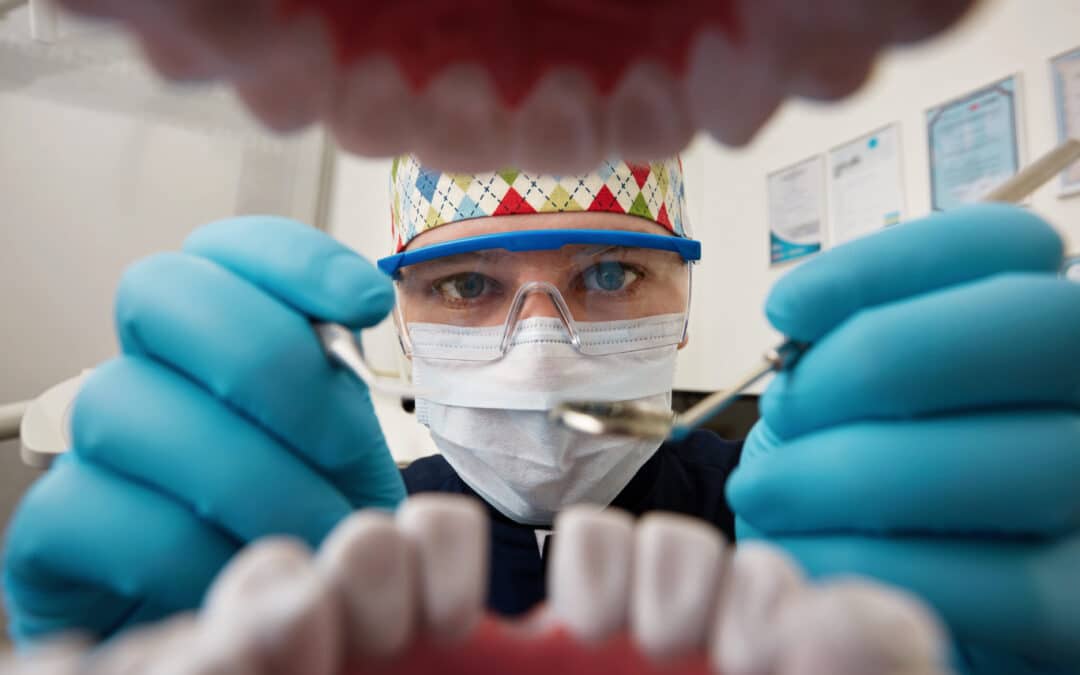Losing a tooth can significantly impact your appearance, speech, and ability to chew. Fortunately, dental bridge restorations provide an effective solution for replacing missing teeth and restoring your smile. In this informative blog post, we will take you on a journey through the world of dental bridge restorations. Get a detailed overview of the step-by-step process of achieving a beautiful and functional tooth replacement.
Dental Bridges And Their Restoration Needs
Bridges are dental prosthetics that replace missing teeth, providing a natural-looking and functional solution. Over time, bridges may require restorations due to wear, decay, or damage.
Restorations involve replacing worn-out or damaged bridge components, such as the pontics or crowns, to ensure optimal fit and function. Regular dental check-ups and proper oral hygiene practices are crucial in promptly detecting and addressing any issues with dental bridges, prolonging their lifespan, and maintaining a healthy smile.
What Are The Common Types Of Dental Bridges?
Though bridges come in various forms, most dentists recommend any of the following types.
-
Fixed Bridge
A fixed bridge, also known as a traditional bridge, is a popular option for replacing one or more missing teeth. This type of bridge consists of prosthetic teeth, called pontics, anchored by dental crowns on the adjacent natural teeth. The process begins with preparing the abutment teeth, where a small portion of enamel is removed to accommodate the dental crowns. Impressions of the prepared teeth are then taken to create a custom dental bridge in a dental laboratory.
Once the bridge is ready, it is carefully fitted and cemented onto the abutment teeth, providing a sturdy, natural-looking tooth replacement. Remember to visit a dental office for restoration services if you experience problems with fixed bridges.
-
Implant-Supported Bridge
Implanted bridges are an advanced and highly stable solution for individuals with multiple missing teeth. This type of bridge involves dental implants as support for the prosthetic teeth. Here, the implants are surgically placed into the jawbone, acting as artificial tooth roots. After a healing period, during which the implants fuse with the bone, abutments are attached to the implants.
These abutments serve as connectors between the implants and the bridge. Finally, a custom bridge is fabricated and securely attached to the abutments, resulting in a durable, functional, and aesthetically pleasing tooth replacement. In case of loose fitting or damage to the bridges, consulting a dentist can help you select the best restoration option.
The Step-By-Step Process Of Dental Bridge Restorations
1. Initial Consultation
The journey of dental bridge restoration begins with an initial consultation with your dentist. During this visit, your oral health will be evaluated, and the dentist will determine if a dental bridge is the right option for you. Dental X-rays and impressions may be taken to assess the condition of your teeth and jawbone.
2. Treatment Planning
Once it is determined that a dental bridge is suitable, a comprehensive treatment plan will be developed. This plan includes selecting the appropriate type of bridge, considering the number of missing teeth, and assessing the condition of the adjacent teeth and supporting structures.
3. Teeth Preparation
The abutment teeth are prepared for a fixed bridge by removing a small portion of the enamel. This step ensures a proper fit for the dental crowns supporting the bridge. If dental implants are involved, the surgical placement of the implants will be performed during this phase.
4. Temporary Bridge (If Applicable)
While the final bridge is being fabricated, a temporary bridge may be placed to protect the prepared teeth and maintain the appearance of your smile. This temporary bridge allows you to eat and speak comfortably during the waiting period.
5. Bridge Fabrication
In the dental laboratory, technicians will create a custom bridge that matches the shape, color, and size of your natural teeth. The fabrication process may involve digital imaging, computer-aided design (CAD), and computer-aided manufacturing (CAM) technologies for precise and lifelike results.
6. Bridge Fitting and Adjustment
Once the bridge is ready, your dentist will ensure a proper fit and make any necessary adjustments for optimal comfort and functionality. The bridge will be checked for its appearance and alignment with your natural teeth.
7. Final Placement
After the fitting and adjustments, the final bridge will be permanently cemented onto the abutment teeth or attached to the dental implants. The dentist will ensure a secure and stable attachment, allowing you to enjoy a restored smile with improved chewing and speaking capabilities.
Dental bridge restorations offer an effective and reliable solution for replacing missing teeth and restoring your smile. Whether you opt for a fixed bridge or an implant-supported bridge, the journey of dental bridge restorations involves careful planning, precise preparation, and skillful fabrication. By working closely with your dentist, you can achieve a beautiful and functional tooth replacement that enhances oral health and overall well-being. Schedule regular dental visits to maintain good oral hygiene practices and ensure the longevity and success of your dental bridge restoration.



